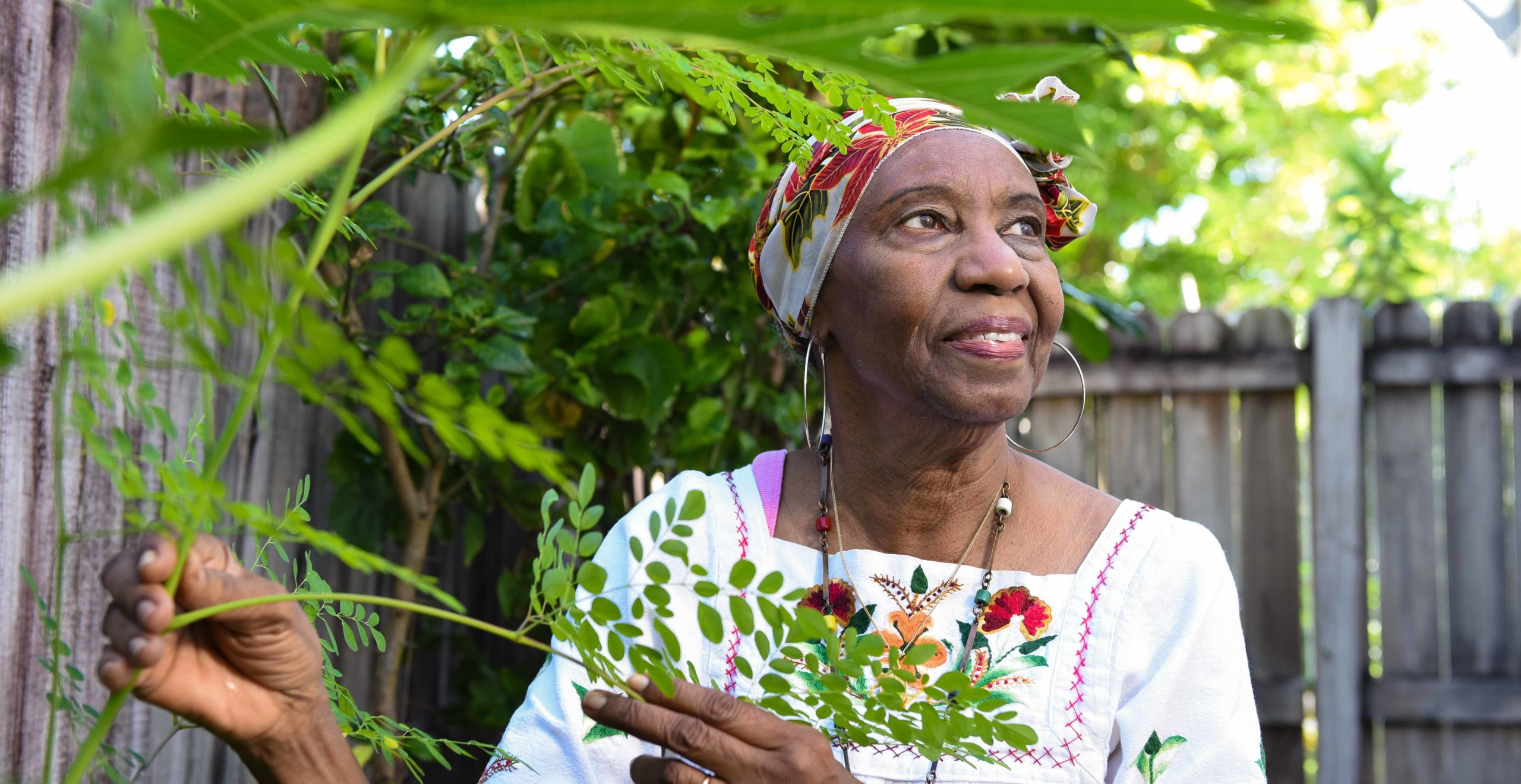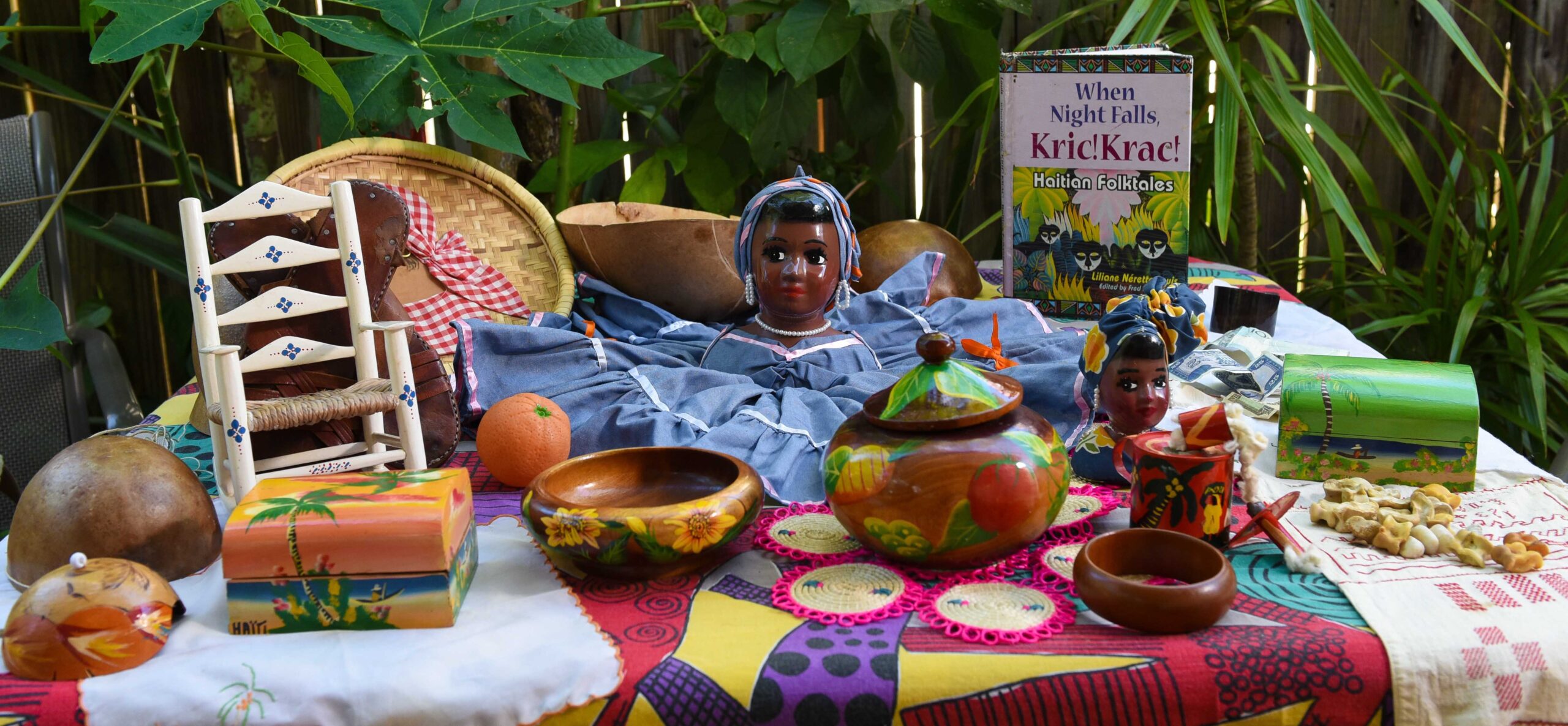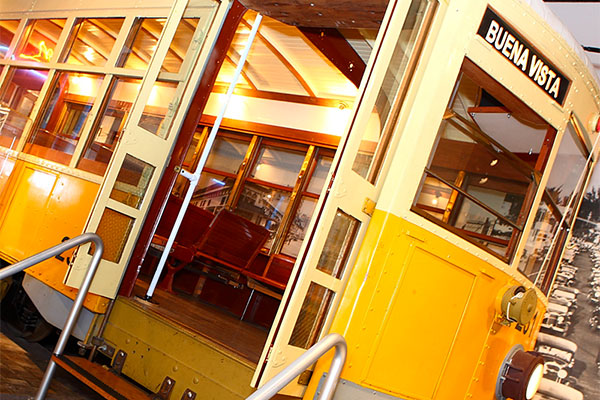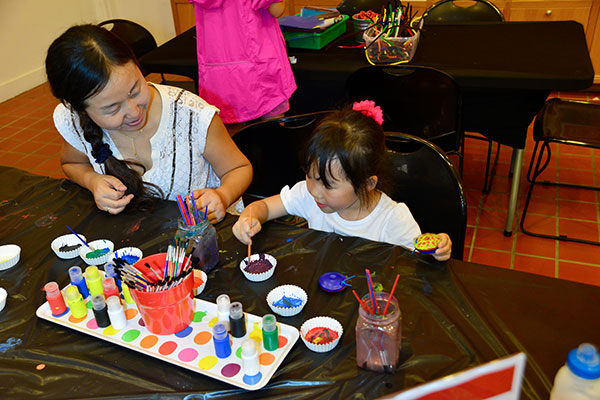Liliane Nérette Louis is a Haitian folk artist specializing in storytelling, cooking, and traditional medicine. She grew up in Port-au-Prince, Haiti where her mother told her stories in Haitian Creole. As she grew older, Liliane shared these stories with her younger siblings and later with her own children. After settling in Miami in 1977, she began a long career of storytelling presentations and cooking demonstrations at festivals, schools, and other events. Liliane is a former master artist in the Florida Folklife Apprenticeship Program, a two-time winner of the Florida Individual Artist Fellowship in Folk Arts, and a Florida Folk Heritage Award honoree. She is the author of various books written in English and Creole: When Night Falls, Kric! Krac!: Haitian Folktales (1999), Pumpkin Soup is for Sunday (2011), and The Magic of Zenga and the Pumpkin Soup (2014).
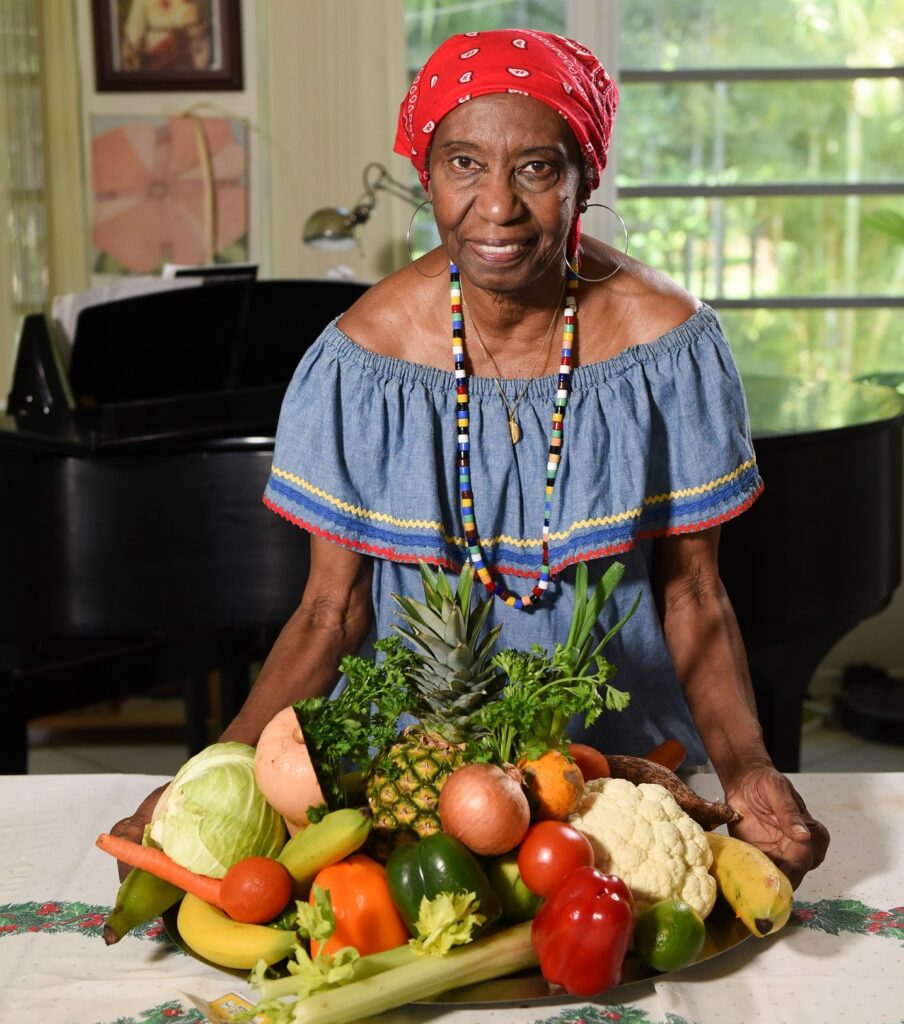
More about Liliane
The following is from an interview HistoryMiami Museum conducted with Liliane Louis in 2018.
Where were you born?
I was born in Hinche, Haiti. In 1937, the year I was born, Hinche was a burg, not classified yet as a town as it is now. My father was Dr. Nérette, a young medical doctor (36 years old) working as a gynecologist. I was the fourth in a family of 8 children. My family moved to Port-au-Prince when my older brother was of age to attend the prestigious Saint Louis De Gonzague School and the girls to attend St. Rose of Lima Catholic School.
When and why did you move to Miami?
I moved first to New York in 1964, and then to Miami in 1977. The year was 1964, during the Duvalier era in Haiti. I was living in constant fear that the “tonton macoute” would come to get my father who opposed the Duvalier regime and terrorize the rest of the family, raping and killing us. I saved my money working hard as an elementary school teacher during the day, offering private tutoring in the evening, and having my own culinary arts school at my parents kitchen on Saturday afternoons. I saved money, got a ticket from Magic Island Tour, obtained a visiting visa, and flew to the United States knowing well I would not return, at least not until I could get a green card.
Thirteen years after moving to N.Y., in 1977, I moved to Miami because life was difficult in N.Y., and I seized an opportunity to live in a warmer climate. At first Miami was not what I expected because that was during the time when there was a stigma about HIV amongst the Haitian people. We were being called “boat people” and other derogatory names. Nevertheless, I was able to accommodate myself and seized opportunities to go back to school and achieve a higher education.
Tell me about the kinds of folk traditions you specialize in. How did you learn them?
Traditionally, I am a folk artist, meaning since I was a little girl, I had an interest in things that you can master by observing like listening to folktales, watching the maid cooking in the backyard kitchen, and benefiting from natural remedies. The folk traditions I specialize in are Haitian storytelling, Haitian folk medicine, and Haitian cooking.
What are some of the distinct flavors and ingredients in Haitian cooking?
Garlic, parsley, and small green onions called “sive” are the basic spices Haitians use in their cuisine, but we also use other spices such as hot pepper, thyme, black pepper, clove, and onion. Here is the catch, the Haitian cook knows which spices to use for different dishes. For example, with griot (which is fried pork) the Haitian cook serves the griot with a sauce called “ti malice.” Ti malice is a very hot sauce with a base of fresh lime juice and hot pepper. Another example is the picklyz which is a hot condiment made with carrot, cabbage, onion, hot pepper, and vinegar. It can be made in advance and is great to accompany fried plantain, okra, fried fish, etc. Some Haitians add picklyz to most of their meals. There is also another ingredient called “diondion” or champignon, or black mushrooms. Haitian cooks use black mushrooms to make their black rice. It’s a real treat since one can’t easily find black mushrooms in the United States. The blue crabs called “ciricq” are cooked in a variety of ways to give flavor. There is a very special dish called “gombo-diondion” where okra, black mushrooms, beef, and blue crabs are the main ingredients, served over white rice. It’s a unique experience that the palate will remember.
What do you enjoy most about cooking?
I enjoy mostly cooking for other people. It’s an expression of love to see other people enjoying my cooking. After all, il faut passer par le gosier pour atteindre le cœur (You have to go to the throat to reach the heart). Finally, I enjoy telling about the glorious history behind the famous Haitian freedom soup, pumpkin soup. I love to make the soup joumou.
What role does storytelling play in Haitian and Haitian American culture?
In both cultures this art form instructs the audience. I love the connection. Although I am a storyteller, sometimes I am happy to be a historian passing on the history of my country of birth and letting my audience know about the role the Haitian people played in the history of my adopted country, the United States. Just to cite a few stories I tell: the middle-passage, the battle at Savannah, the history of Louisiana, and just recently what happened to the Haitian pig industry in 1982.
What do you love about telling stories?
Telling Haitian folks tales makes me reminisce about my childhood. It seems to me that was the only time I was fully happy, either when I was listening to my mother telling the Bouki and Malice folktales or when I myself was recounting them to my younger siblings. Being a middle child, number 4 in a family of 8 children, life was not easy. I was looking for acceptance and entertaining my younger sisters and brothers was important to me. I must confess sometimes I was very unhappy. In 1986, Tina Bucuvalas, the museum Folklorist, discovered the magic in me. I can say this changed my life when I started to publicly present my cultural traditions, first through storytelling and cooking. Passing on traditional remedies came later on.
When did you begin practicing traditional medicine? How did you learn?
Although I was observing other adults practicing folk medicine during my childhood, my mother played a role in what I know about home remedies. My father was a doctor but it was my mother who took care of us when we were sick. My father intervened only when mother requested a specific medicine from the drugstore.
I had the habit of using leaves in my presentations of storytelling. For example I would enter the room with a branch of cotton leaves for a story about slavery singing, “Story time, story time.” Following my presentation, people would come to ask about properties of the leaves. It was in the 2000’s when I was working for the Florida Humanities Council that they requested presentations on folk medicine. I was pleased. Later on, I started to offer workshops on folk medicine at the Florida Folk Festival. It’s always a success. People are very interested in folk medicine in Haitian culture.
What are some commonly found herbs and plants that you use for many of your remedies?
The list is long but let me mention the common ones I have in my back yard presently:
• Lemongrass for fever, infection, and a must when on chemotherapy
• Almond trees for high blood pressure, and the seed can be used for many health remedies
• Cotton leaves for calming effects and depression
• Soursop leaves for insomnia and also to cure cancer, a must drink during chemotherapy
• Mango leaves to cure diabetes
• Okra to lower blood sugar
• Manioc to prevent cancer
• Racket to lower blood sugar and prevent cancer
• Aloe is used in many compositions of home remedies
• Pigeon pea leaves and peas are used in many home remedies
• Lougarou cures kidney stones
• Limes and sour orange leaves or juice improve respiration when you have shortness of breath
• Vervain to prevent stroke
What do you enjoy most about sharing your knowledge of Haitian folk medicine?
I enjoy telling the stories behind the folk medicines. Also, I want to be sure to clarify that Haitian folk medicine has nothing to do with magic. I enjoy telling some family history demonstrating how simple and useful the knowledge of folk medicine is.

